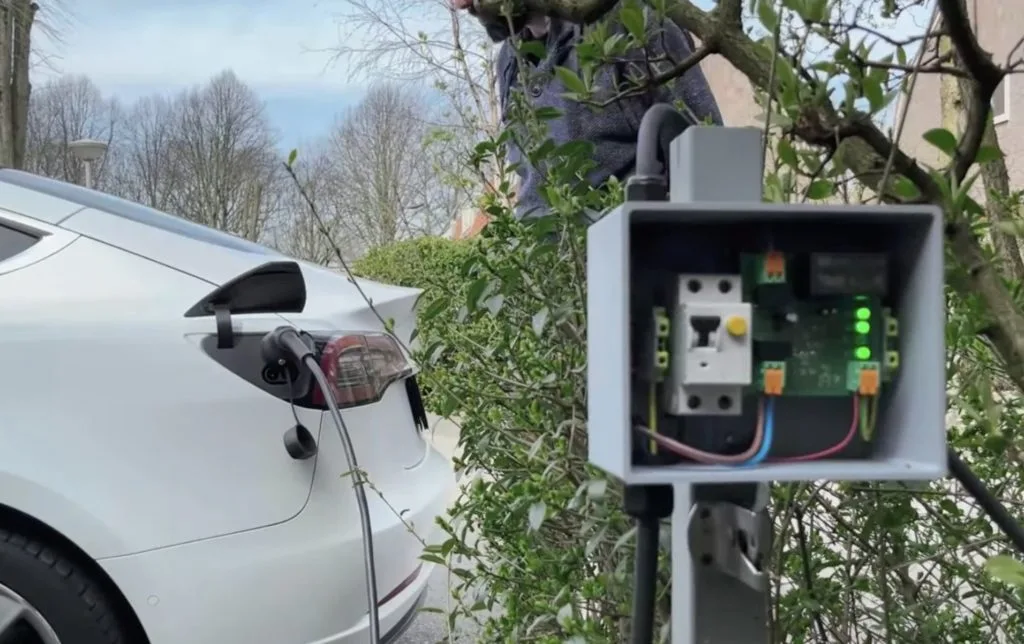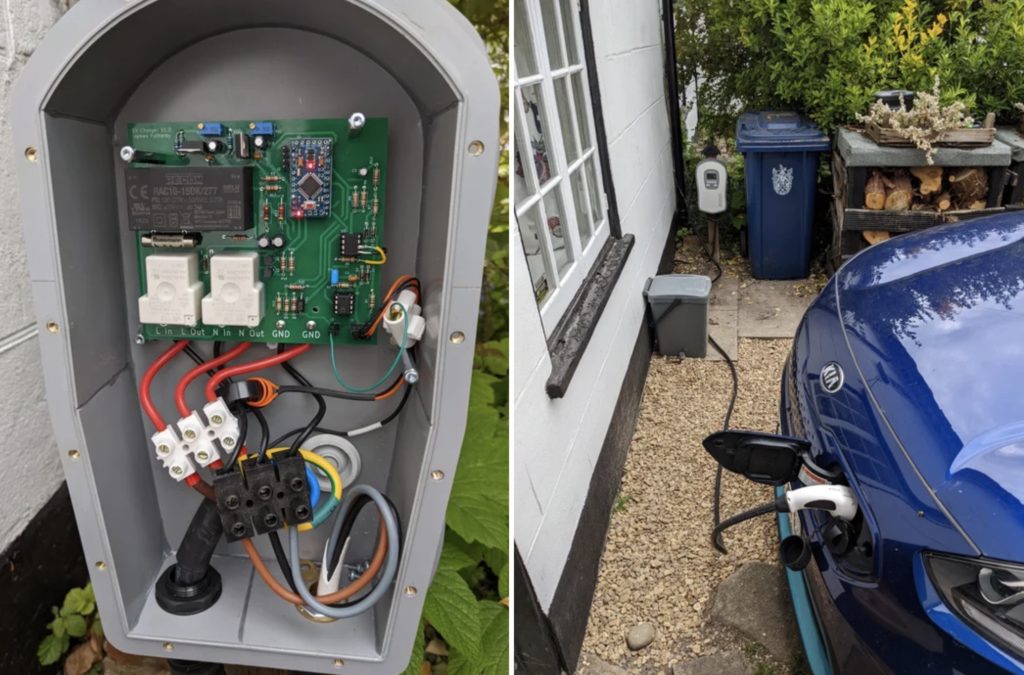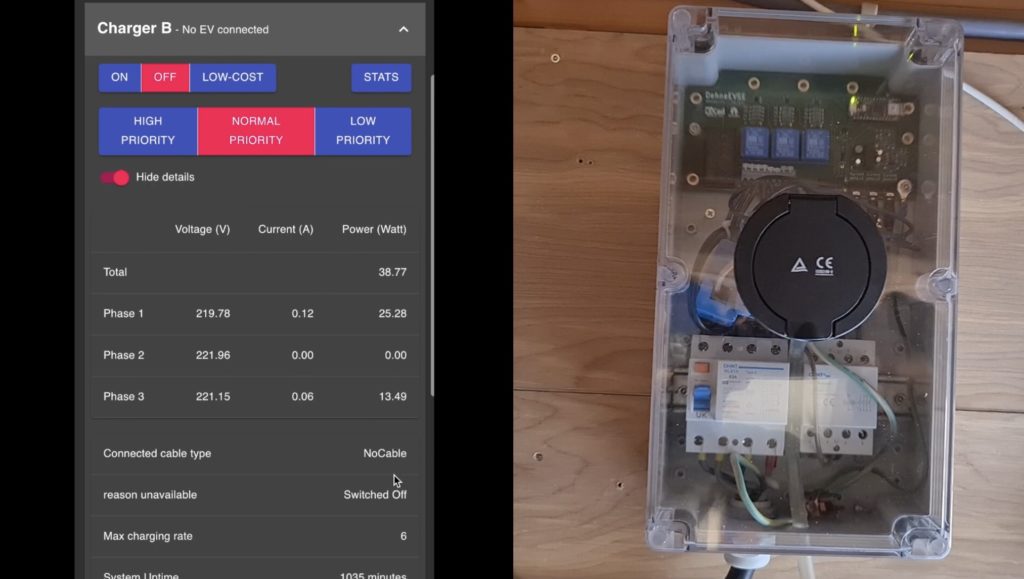Schlagwort: EV Charger
-

Creating a low-cost EV charging station with Arduino
Reading Time: 2 minutesThe high cost of EV (electric vehicle) chargers may lead you to believe that they’re complex systems. But with the exception of Tesla’s Supercharger, that isn’t true. They’re actually quite simple — basically just glorified switches. All of the nitty gritty charging details are the responsibility of the car’s onboard circuitry. With…
-

This EV charger packs an Arduino-based DIY solution in a commercial enclosure
Reading Time: 2 minutesArduino Team — April 29th, 2022 The rapid adoption of electric vehicles over the last decade has required the installation of additional infrastructure to support them, namely high-voltage chargers that can deliver enough current to the batteries for fast recharging. But due to their potentially high cost, James Fotherby decided to design and…
-

DehneEVSE is a custom, Nano 33 IoT-controlled EV charging station
Reading Time: 2 minutesArduino Team — April 7th, 2021 Sebastian Dehne decided to build a custom electric vehicle (EV) charging station for his Nissan Leaf from scratch, as what he calls “a real full stack project.” He notes that creating your own gives you total control over the system, and it’s both fun and cheaper than purchasing…


